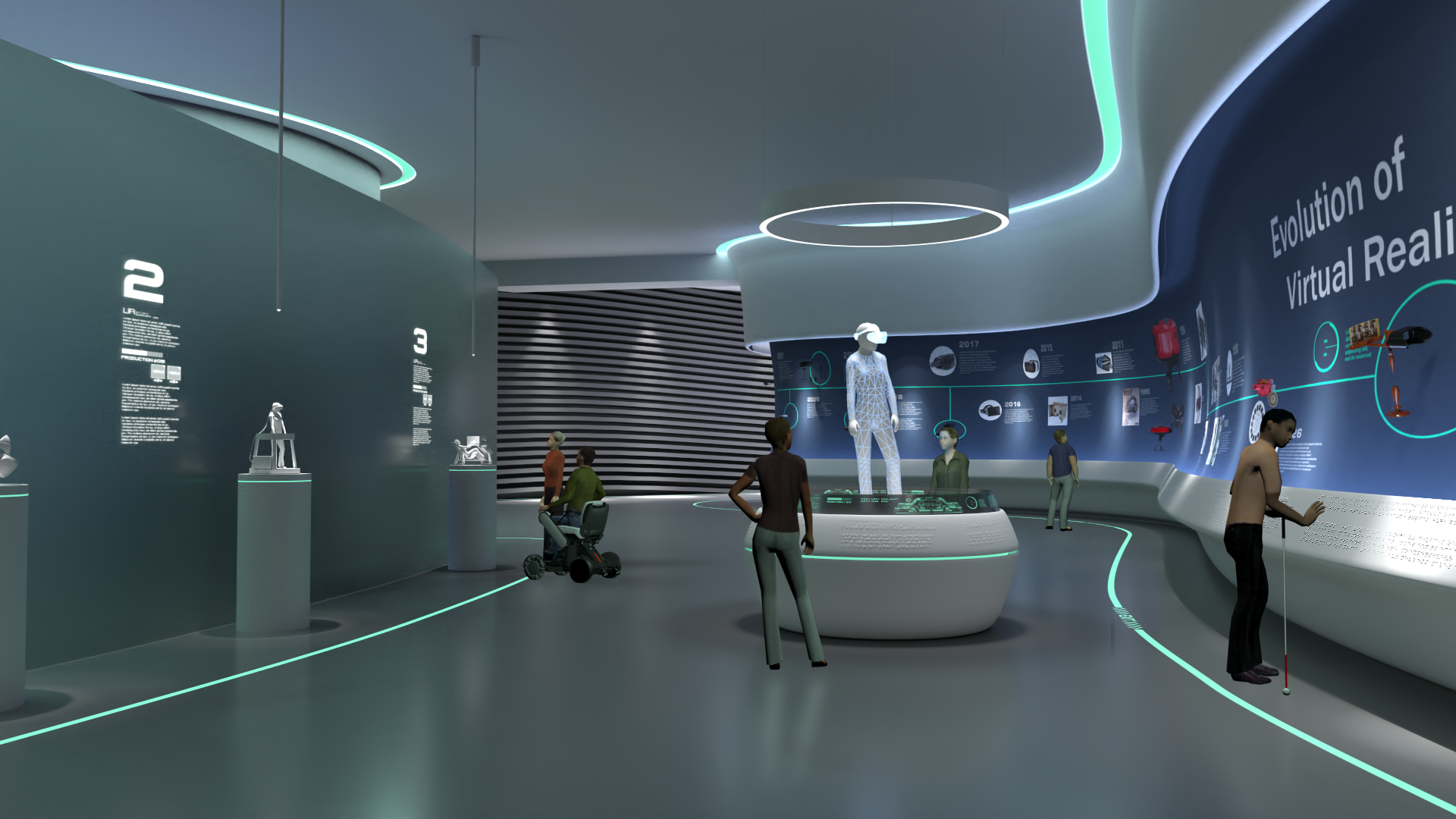
- DB Output, to Control or Project
Annotated Bibliography
COPY currently shown bibliography
Brain-computer interfaces are coming. will we be ready? RAND Corporation. https://www.rand.org/blog/articles/2020/08/brain-computer-interfaces-are-coming-will-we-be-ready.html
- This article gives an overview into Brain-Computer Interfaces (BCI). It discusses how it works, what the advantages and disadvantages, and future considerations that the reader should ponder on.
Cyborg for 7 Years: 36-Year-Old Man Lived Wearing a Brain-Computer Interface for Almost a Decade and His Implant Still Robustly Functions https://www.sciencetimes.com/articles/39434/20220818/cyborg-7-years-36-year-old-man-lived-wearing-brain.htm
- The article mentions a 36-year-old man that has had a brain-computer interface for more than seven years and three months, the longest anyone has had an implant like this. After being left paralyzed chest down from a car accident he joined a study at the University of Pittsburgh for people with major spinal cord injuries to see whether a brain-computer interface, or BCI, could restore some of the functionality he’d lost. The implant hasn’t caused any major side effects or complications.
Luo, S., Rabbani, Q. & Crone, N.E. Brain-Computer Interface: Applications to Speech Decoding and Synthesis to Augment Communication. Neurotherapeutics 19, 263–273 (2022). https://doi.org/10.1007/s13311-022-01190-2
- This article reviews advances in BCI speech synthesis, including the latest neural decoding strategies that range from deep learning models to the direct concatenation of speech units, and vocoders that are integral in constructing natural-sounding audio waveforms for speech BCIs. Using this information this review outlines some of the challenges ahead in synthesizing speech for patients with locked in syndrome patients.
Miranda, E. R. (2006). Brain-computer music interface for composition and performance. International Journal on Disability and Human Development, 5(2), 119-126.
https://doi.org/10.1515/IJDHD.2006.5.2.119
- This paper proposes a potential new Brain-Computer Interface (BCI) that is meant for making music. The authors suggest that an EEG machine and machine learning could be the way forward for such a project. Specifically by taking advantage of biofeedback.
Poor, G. M., Leventhal, L. M., Kelley, S., Ringenberg, J., & Jaffee, S. D. (2011, October). Thought cubes: exploring the use of an inexpensive brain-computer interface on a mental rotation task. In The proceedings of the 13th international ACM SIGACCESS conference on Computers and accessibility (pp. 291-292).
https://doi.org/10.1145/2049536.2049612
- Study of the use of the Emotiv EPOC headset to relay information to a computer without the use of a mouse/keyboard or other physical interaction device.
Handelman, D. A., Osborn, L. E., Thomas, T. M., Badger, A. R., Thompson, M., Nickl, R. W., ... & Tenore, F. V. (2022). Shared Control of Bimanual Robotic Limbs With a Brain-Machine Interface for Self-Feeding. Frontiers in Neurorobotics, 140. [cited Sep 28]
- Johns Hopkins University researchers led a team that developed a robotic system comprised of a brain-machine interface (BMI) and a pair of modular prosthetic limbs that allowed a partially paralyzed man to feed himself. The system uses muscle movement signals from the user's brain to control the robotic prosthetics. The man, unable to use his fingers for about three decades, gestured with his fists in response to computerized voice prompts, enabling the robotic limbs to slice a piece of cake with a knife and to align a cake-laden fork with his mouth. (ACM Communications)